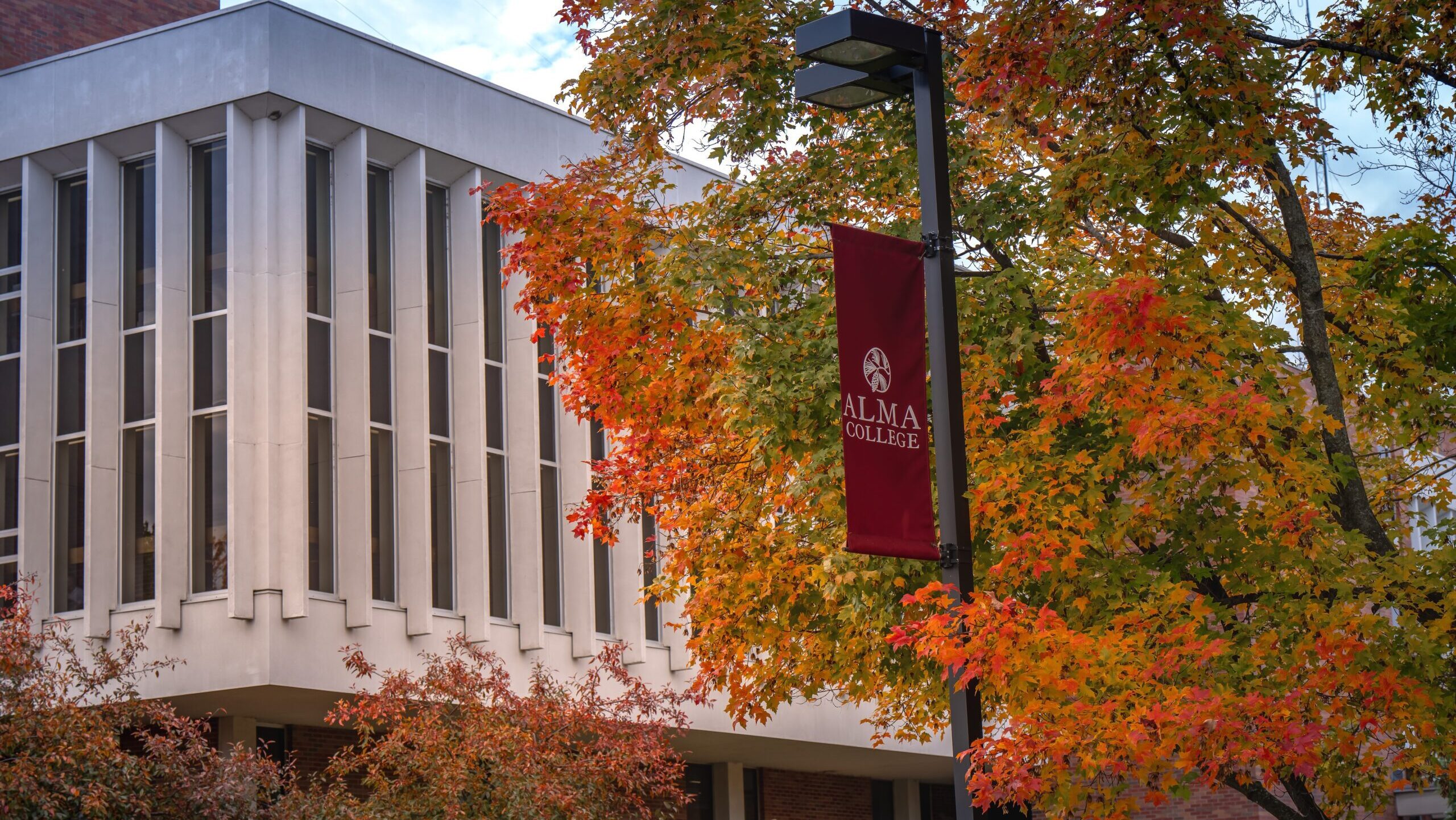There are many types of ancient artifacts that can be found in Michigan, but the “Michigan Relics” are definitely a fraud.
In the late 19th and early 20th centuries, American newspaper headlines were dominated by conflicts like the Battle of Little Bighorn and the Wounded Knee Massacre. As a result, a newfound interest was raised in Native American peoples — who they were and how they came to settle in North America. The public turned to a relatively new field of study, archaeology, for answers.
Knowledge of the methods of archaeology, however, was not yet widespread, and numerous “finds” in North American turned out to be frauds.
Michigan was the setting for one of the more famous finds of “relics” that were eventually shown to be modern creations. Two men in Michigan, James Scotford and Daniel Soper, “discovered” a group of objects made out of clay, copper, slate and stone, which were decorated with writing that looked vaguely similar to popular Mediterranean and Near Eastern artifacts that were being publicized elsewhere. Scotford and Soper said they were evidence of ancient settlements near their hometowns and throughout Michigan.
But experts disagreed and provided ample evidence that Scotford and Soper were lying. Family members eventually came forward to tell the story of how the fraudsters manufactured the “relics.” Neither Soper nor Scotford ever confessed, however, and they both died in the 1920s. No additional relics were discovered after they were gone.
Even so, interest in the “Michigan Relics” has continued to live on. In defiance of archaeology, which has continued to grow and improve as a field of study through the years, small groups of people believe the relics are real. Alma College, in Alma, Michigan, has a few of the relics in its historical archives. It’s unclear how the college to possess them, but it likely has something to do with them being produced in nearby Montcalm County.
Alma College Library Director Dr. Matthew Collins, pointed out a few interesting facts about the fake relics:
What makes them fake?
If you’re from Michigan, you know the winters can be treacherous and the springs can be rainy. Anything that is allegedly thousands of years old and comes from the ground in Michigan needs to be able to survive in that kind of weather. Scientists at the time were quickly able to tell that the clay relics couldn’t have done that, because they turned into mud when wet. The next group of relics discovered were, by some change, items that had been fired with low-heat fires, making them resistant the Michigan environment. These objects were covered with symbols from several ancient cultures that supposedly were words in a language.
What do the words mean?
When the words printed on real relics are studied, archaeologists are able to determine what they say and what it means. They may be written in ancient languages, like Phoenician, or Egyptian hieroglyphics, or even Assyrian cuneiform. The “Michigan Relics” contain a combination of symbols that look like several ancient languages, which, when mashed together don’t spell anything.
Where do they come from?
While the creation of some of the clay items remains a mystery, metallurgical analysis that was taken of the copper relics many years ago showed that the dimensions are all exactly consistent with smelted hot-rolled copper produced at that time — not the pure copper that real Native American tribes in Michigan occasionally used for decoration. Some of the slate relics had the exact dimensions and characteristics of milled and precisely cut slate roofing tile, like that produced in Detroit near Scotford’s residence.
What happened to the relics?
The discovery of the relics by Scotford and Soper – who were always present – generated tremendous publicity and income for the two. The relics were sold to various collectors, even internationally. The Church the Latter-Day Saints, bought many of the relics, for example. After the relics were shown to be frauds, they were donated to various museums in Michigan. Alma College received its relics this way. After the publication of a scientific article in 2001 that showed clearly all of the problems, the Mormon Church donated all of its relics to the Michigan History Museum.
Michigan is an interesting place, that was very clearly filled with all kinds of interesting people at one point — and it continues to be! You can read more about the area in which the “Michigan Relics” were found at alma.edu, or, for more, visit the Alma College Library.




